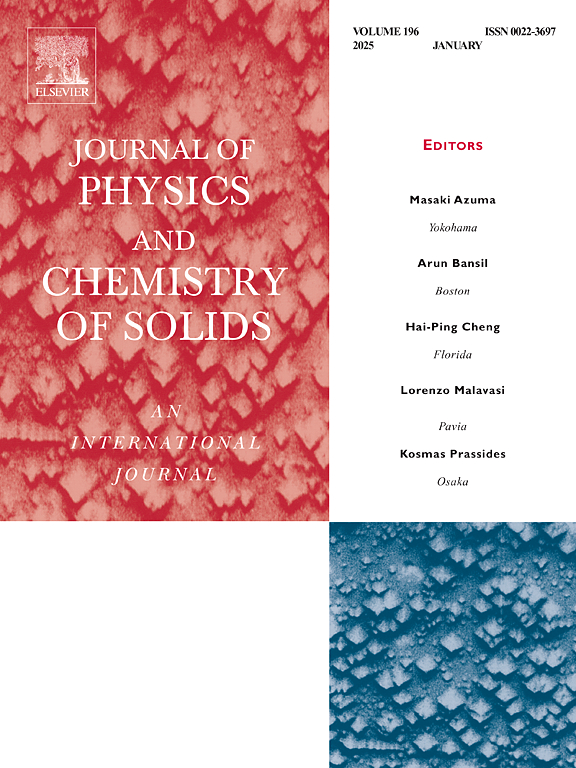A novel and facile process for preparing green composite poly(ethylene oxide) electrolytes with highly enhanced ionic conductivity and electrochemical stability
IF 4.3
3区 材料科学
Q2 CHEMISTRY, MULTIDISCIPLINARY
引用次数: 0
Abstract
In this study, we propose a novel and simple method to produce green composite polymer electrolytes (CPEs) with significantly enhanced electrochemical performance through electrospinning. Unlike the commonly used method of immersing electrospun polymers in a liquid electrolyte solution, our approach employs a direct blending method by mixing polymer, salt, and solvent to create nanofibrous solid polymer electrolytes. Our method employs water as a solvent and eco-friendly poly (ethylene oxide) (PEO) as the polymer matrix, incorporating varying amounts of environmentally benign inorganic nanofiller silica (SiO2). The electrospinning process, combined with the addition of SiO2, induces a noticeable reduction in the crystallinity of PEO, leading to a significant enhancement in ionic conductivity. The electrospun nanofiber CPEs exhibit an impressive maximum ionic conductivity of 4.67 × 10−4 S cm−1. The addition of SiO2 to PEO increases conductivity by reducing crystallinity and creating pathways for easier ion movement. Furthermore, linear sweep voltammetry validates that the addition of SiO2 significantly improves the electrochemical stability of CPEs. Capacitors utilizing our fabricated CPEs with SiO2 demonstrate superior ideal double-layer capacitor behaviors and high charge-discharge efficiency. This innovative and non-toxic manufacturing process holds promise for developing high-conductivity green CPEs with potential applications in optoelectronic and electrochemical devices.
求助全文
约1分钟内获得全文
求助全文
来源期刊
CiteScore
7.80
自引率
2.50%
发文量
605
审稿时长
40 days
期刊介绍:
The Journal of Physics and Chemistry of Solids is a well-established international medium for publication of archival research in condensed matter and materials sciences. Areas of interest broadly include experimental and theoretical research on electronic, magnetic, spectroscopic and structural properties as well as the statistical mechanics and thermodynamics of materials. The focus is on gaining physical and chemical insight into the properties and potential applications of condensed matter systems.
Within the broad scope of the journal, beyond regular contributions, the editors have identified submissions in the following areas of physics and chemistry of solids to be of special current interest to the journal:
Low-dimensional systems
Exotic states of quantum electron matter including topological phases
Energy conversion and storage
Interfaces, nanoparticles and catalysts.

 求助内容:
求助内容: 应助结果提醒方式:
应助结果提醒方式:


